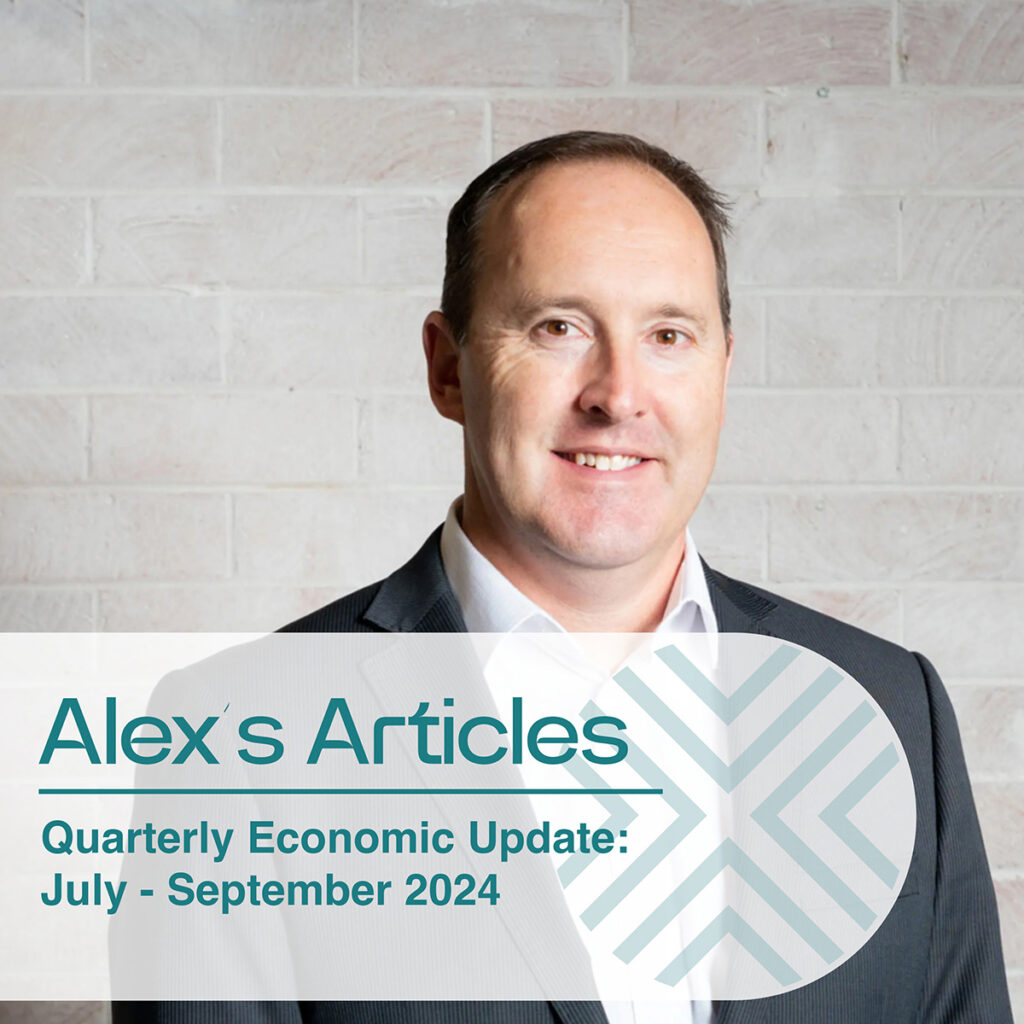The first quarter of 2024 is well behind us. Now that the dust has settled, let’s take a look at the changes in the economy. We’ve seen some significant changes in tax policies, inflation, the stock market, and the property sector.
Government Overhauls Stage 3 Tax Cuts
In great news for middle Australia, the Labor government announced changes to the stage 3 tax cuts in January. These changes, which became law in February, aim to provide bigger tax cuts to both lower and higher-income earners. The new tax rates will take effect from July 1, 2024, and are designed to benefit a wider range of Australians.
Inflation continues to ease
The good news continues with inflation trending downward. The RBA expects it to return to the target range of 2-3 percent in 2025 and reach the midpoint in 2026. Although service price inflation remains high, goods price inflation is decreasing. The RBA has revised its forecast for the consumer price index (CPI) to 3.3% by June, which is lower than the previous forecast of 3.9%. As a result, the cash rate remains unchanged at 4.35 per cent.
Share Market Highs
If you’re an investor, you’ll be happy to know that global share markets have been breaking records this quarter. The ASX200, S&P500, Eurozone, and Japanese markets have all reached record highs, thanks to favourable US inflation data and the expectation of rate cuts from mid-year. While economic growth is expected to slow, the market remains optimistic as inflation eases and central banks prepare to cut rates.
Housing market continues to tighten
The national vacancy rate hit a new low of 0.7 per cent in February, indicating ongoing supply and demand challenges in the rental property market. This is due to a strained construction sector, rapid population growth from migration, and rising property prices. The government has implemented stricter measures on international students to ease demand pressures, but supply remains an issue. Despite this, property prices continue to rise, with the Home Value Index showing an increase in all capital cities except Hobart.
Labour market cooling
The labour market showed signs of cooling over the December quarter 2023, with a shift towards part-time employment and a decrease in recruitment activity. The unemployment rate is expected to increase from 3.9 per cent in January to 4.2 per cent by June, and 4.3 per cent by the end of the year. However, labour market conditions remain tight, and many employers are still facing challenges in finding suitable workers to fill positions.
Overall, while there are some challenges, there are also many positive developments in the economy. As always, it’s important to stay informed and adapt to the changing conditions. If you have any questions or concerns, don’t hesitate to reach out to a financial professional for guidance.

